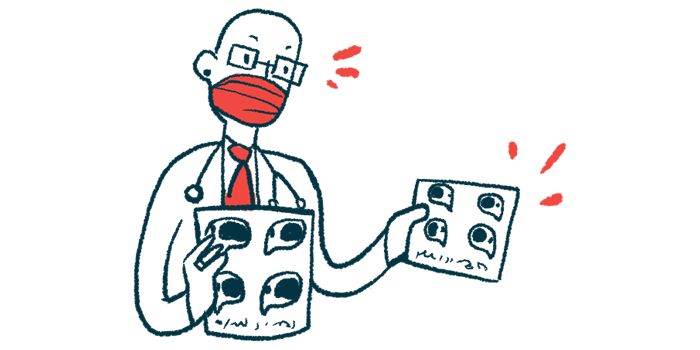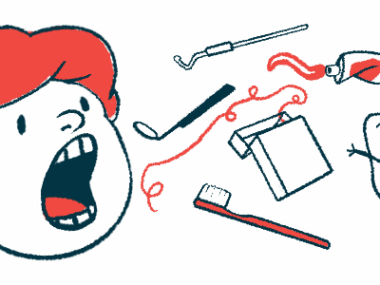Imaging test to measure salivary gland damage may help in diagnosis
Parotid sialography findings plus autoantibodies seen to be effective: Study
Written by |

An imaging test that measures damage to salivary glands may effectively be used, together with the presence of self-reactive antibodies, to diagnose Sjögren’s disease and determine disease staging.
That’s according to a new study from China that investigated the use of the imaging test, called parotid sialography, alongside one for self-reactive antibodies, or autoantibodies, in achieving a correct diagnosis.
“Performing imaging and … autoantibody tests before lip gland biopsy may reduce invasive examinations for patients without significantly increasing the rate of missed diagnosis,” the researchers wrote.
Their study, “The value of parotid sialography in the diagnosis and staging of Sjogren’s syndrome,” was published in the Journal of Dental Sciences.
Investigating imaging test usefulness in a Sjögren’s diagnosis
Sjögren’s occurs when the immune system mistakenly launches an inflammatory attack on the glands that produce tears and saliva, leading to eye and mouth dryness, though other organs may also be affected by the systemic disease.
One of the diagnostic tools in Sjogren’s, known as parotid gland scintigraphy, uses X-rays to observe the salivary glands and measure saliva production.
However, “not all [Sjögren’s] patients present with imaging manifestations of salivary gland destruction, so it may be assumed that salivary gland destruction is a phenomenon that occurs after [the disease] has progressed to a certain stage,” the researchers wrote.
To investigate the value of parotid sialography in Sjögren’s diagnosis and clinical staging, scientists at Peking University School and Hospital of Stomatology in Beijing analyzed the clinical records of 287 patients.
Overall, 132 patients had imaging-supported Sjögren’s diagnosis, while 105 were diagnosed with the disease despite no imaging records. Another 50 individuals had parotitis, or inflammation of the parotid glands, the largest salivary glands.
Those diagnosed with Sjögren’s had a lower unstimulated saliva flow rate (0.25 vs. 0.56 ml/10 min), and more frequently had disease-related autoantibodies (72.9% vs. 22.7%) and difficulties with feeding (57.1% vs. 34.3%).
Parotid sialography had a sensitivity, or an ability to correctly identify positive cases, of 82.6% for the diagnosis of Sjögren’s disease. Its specificity, or ability to correctly rule out negative cases, or those without the disease, was 71.5%. A measure called area under the curve was 0.755. That is a test of how well a measure can differentiate between two groups; values can range from 0.5 to 1, with higher values indicating a better ability to tell the two groups apart.
Lip gland biopsy, in which a small piece of tissue is removed for analysis, was performed in 10 patients with imaging-supported Sjögren’s diagnosis, and in one patient without imaging data.
Some patients may not require additional lip gland biopsy
Following that, 198 patients with autoantibodies were included in the combined study with imaging analysis. For 70 patients with active disease, with both disease-causing antibodies and positive salivary gland imaging, the disease was diagnosed with a sensitivity of 82.9% and a specificity of 90.2%.
Testing was then done for 27 patients with early disease, meaning they were only positive for autoantibodies without signs of salivary gland destruction, and 27 more with signs of salivary gland destruction but who were negative for autoantibodies and classified as having quiescent, or dormant disease. Among these patients, Sjögren’s was diagnosed with a sensitivity of 98.7% and a sensitivity of 59.3%.
The remaining 74 patients had no antibodies nor imaging tests compatible with Sjögren’s diagnosis.
When comparing patients in different disease stages, those in the active state had a significantly lower salivary flow rate (0.18 ml/10 min) compared to those in the early stage (0.34 ml/10 min) or in the resting stage (0.54 ml/10 min).
According to the researchers, the likelihood of an individual negative for autoantibodies and parotid sialography to be diagnosed with Sjogrën’s disease was 1.5%. This means that “patients who have met or excluded the diagnosis of [Sjögren’s] by blood autoantibodies and imaging may not require additional lip gland biopsy,” the team wrote.







